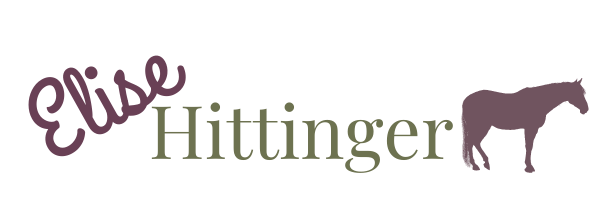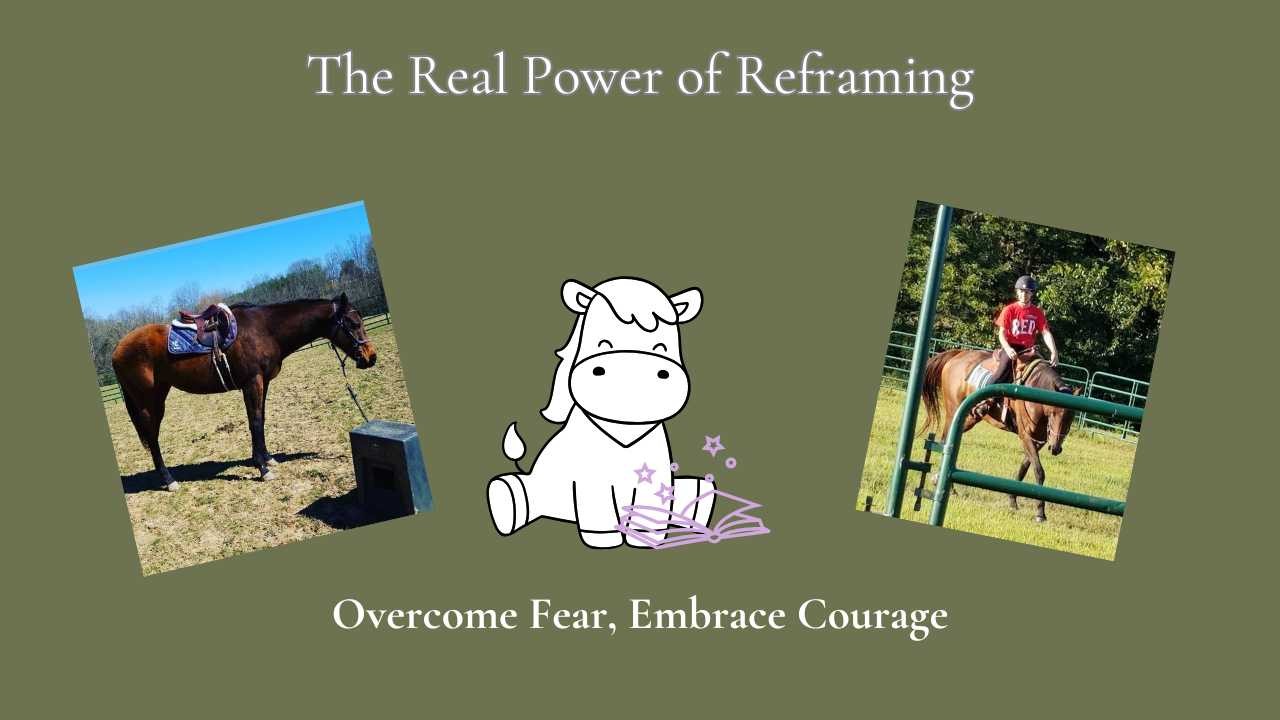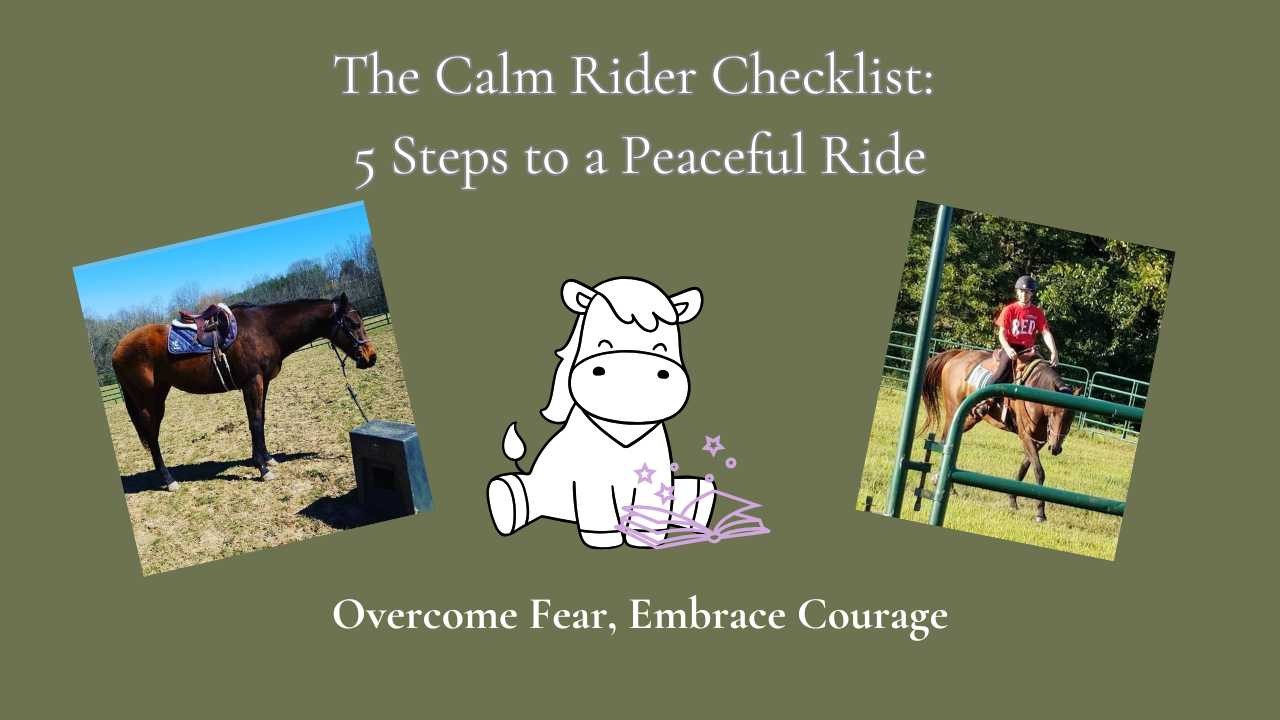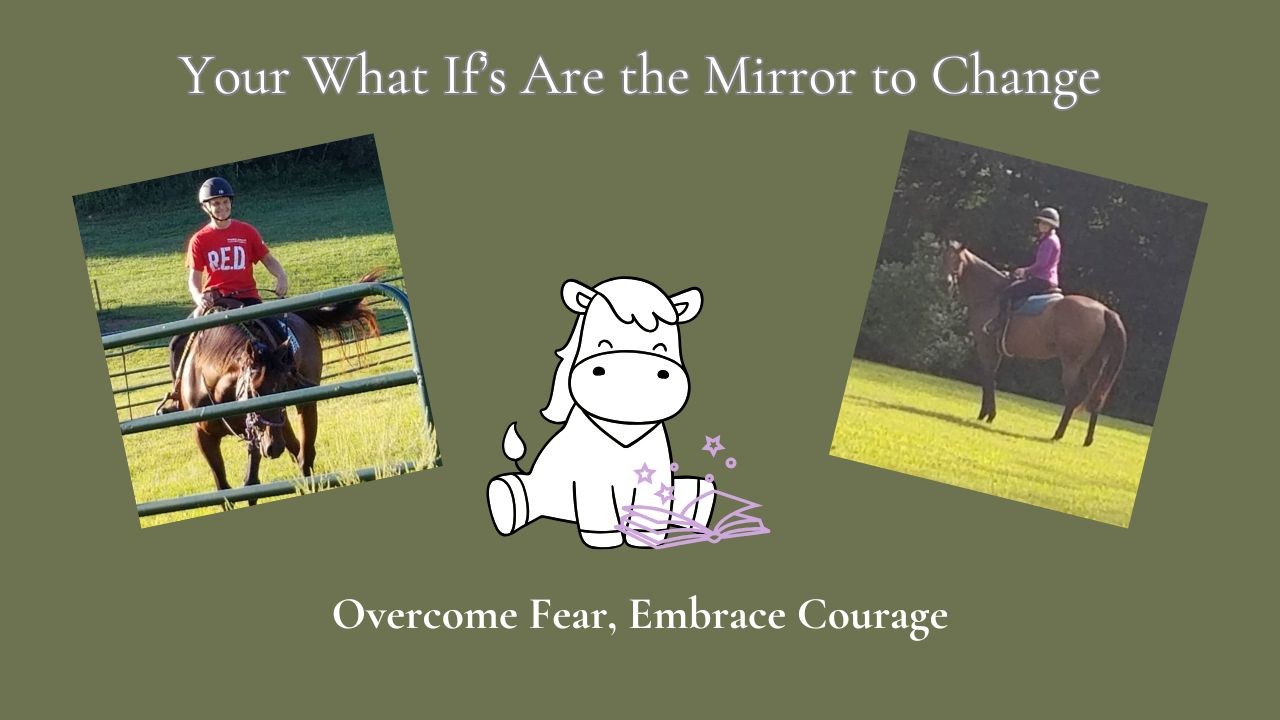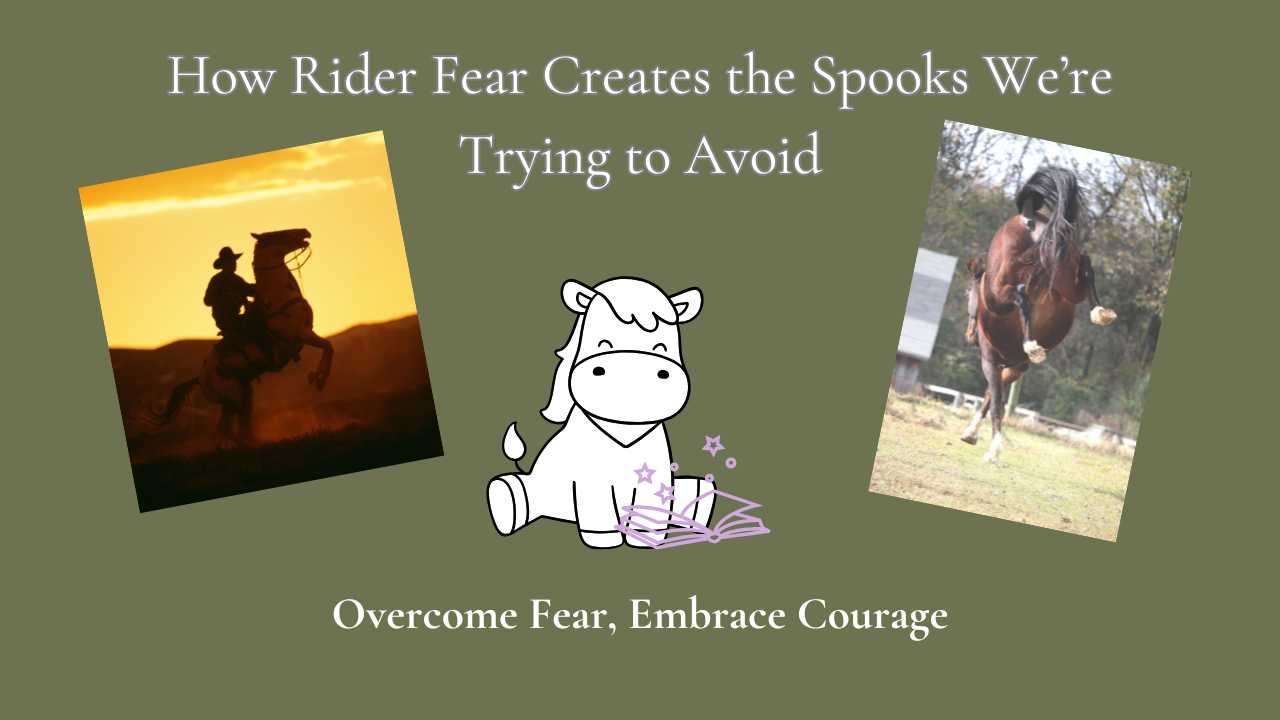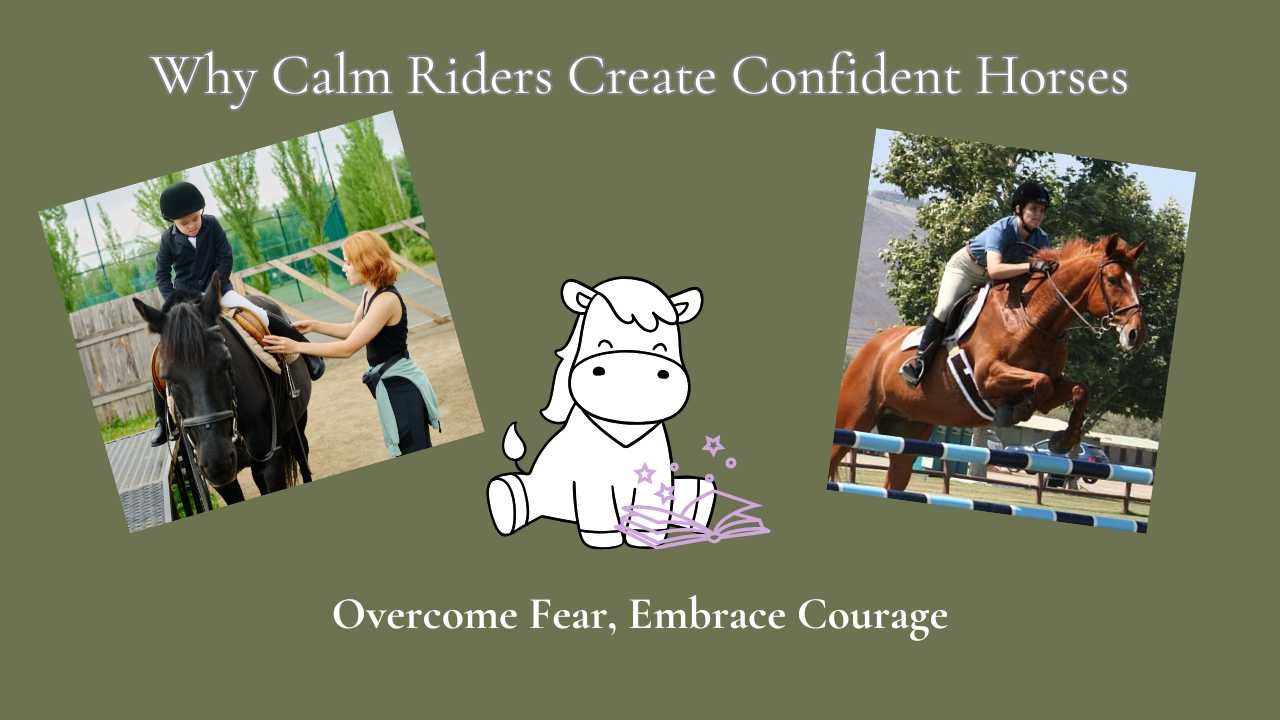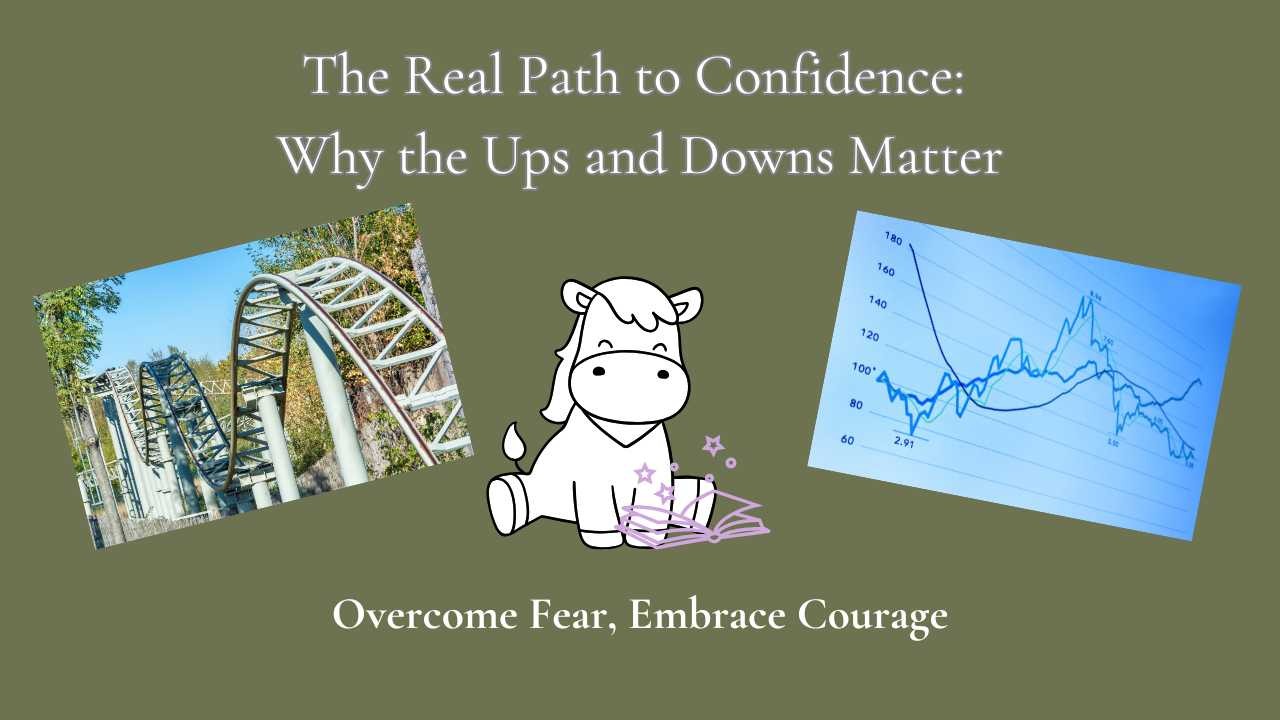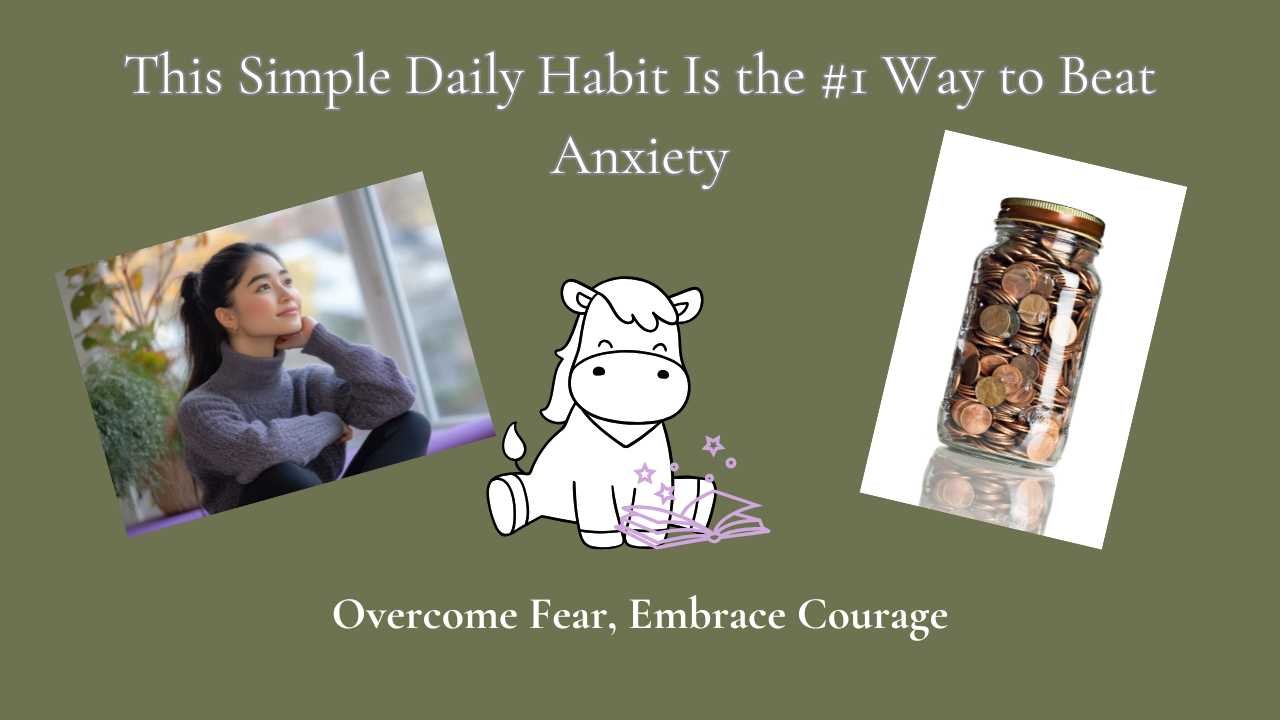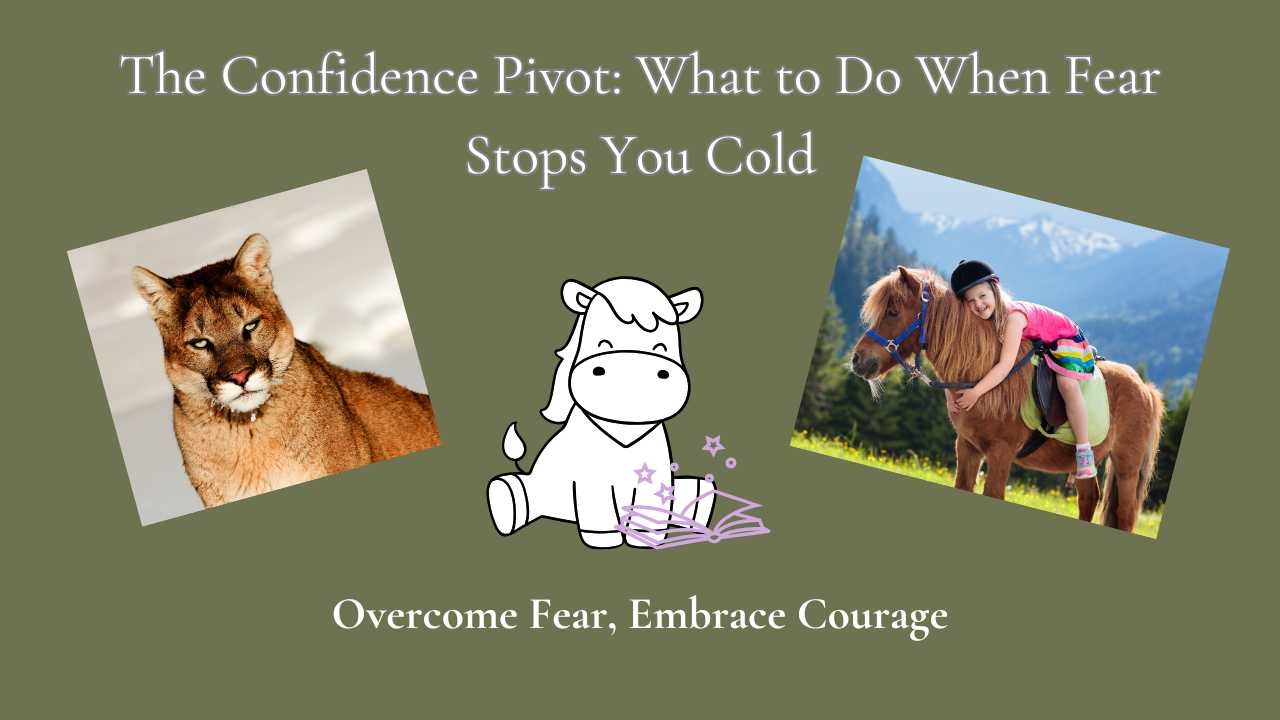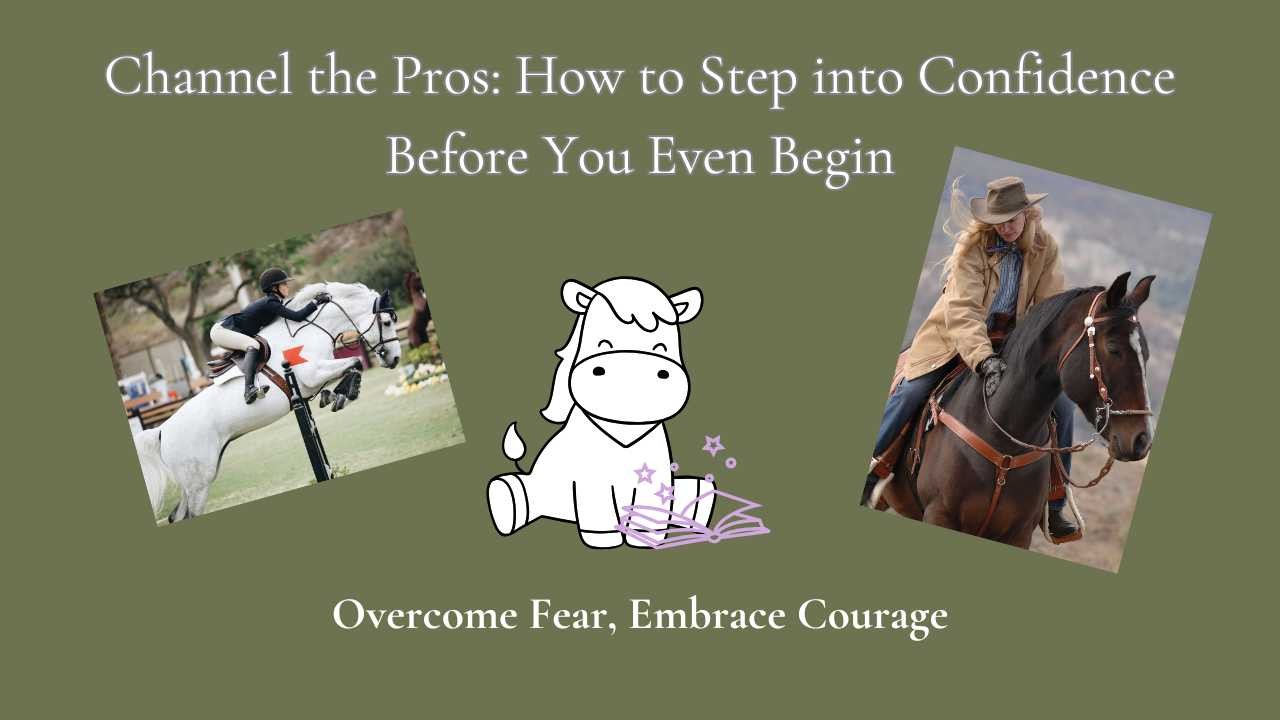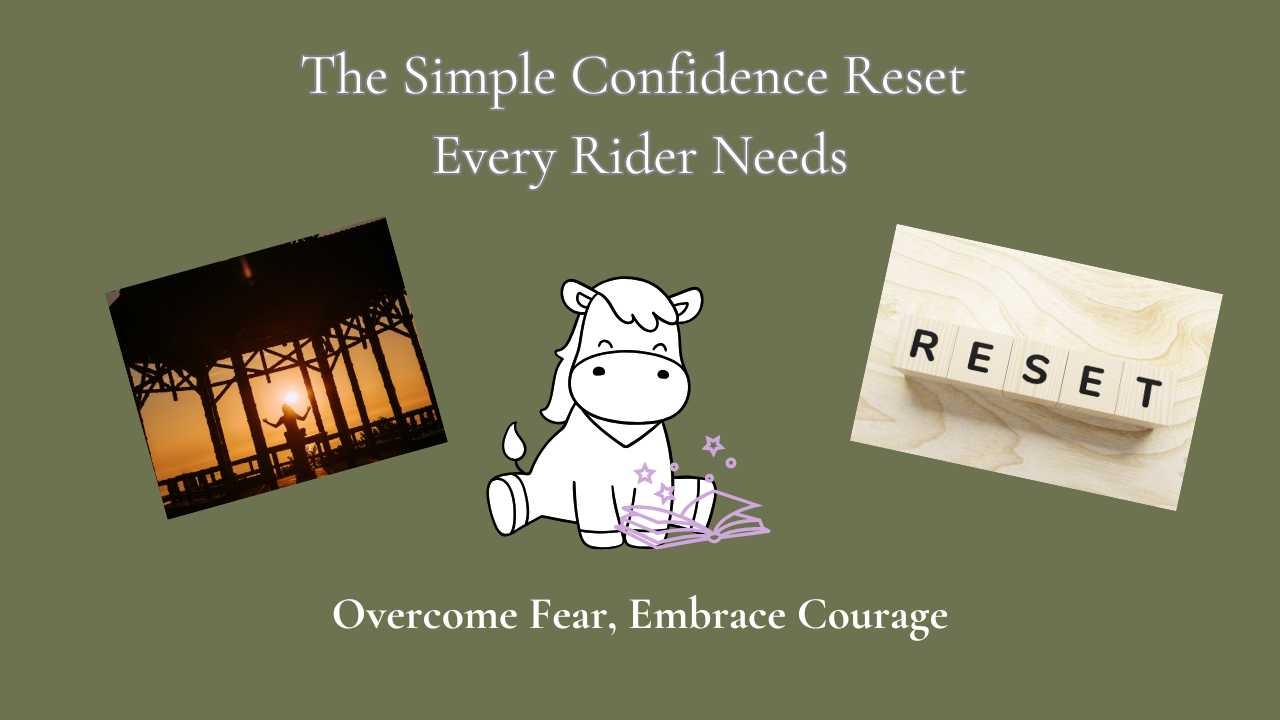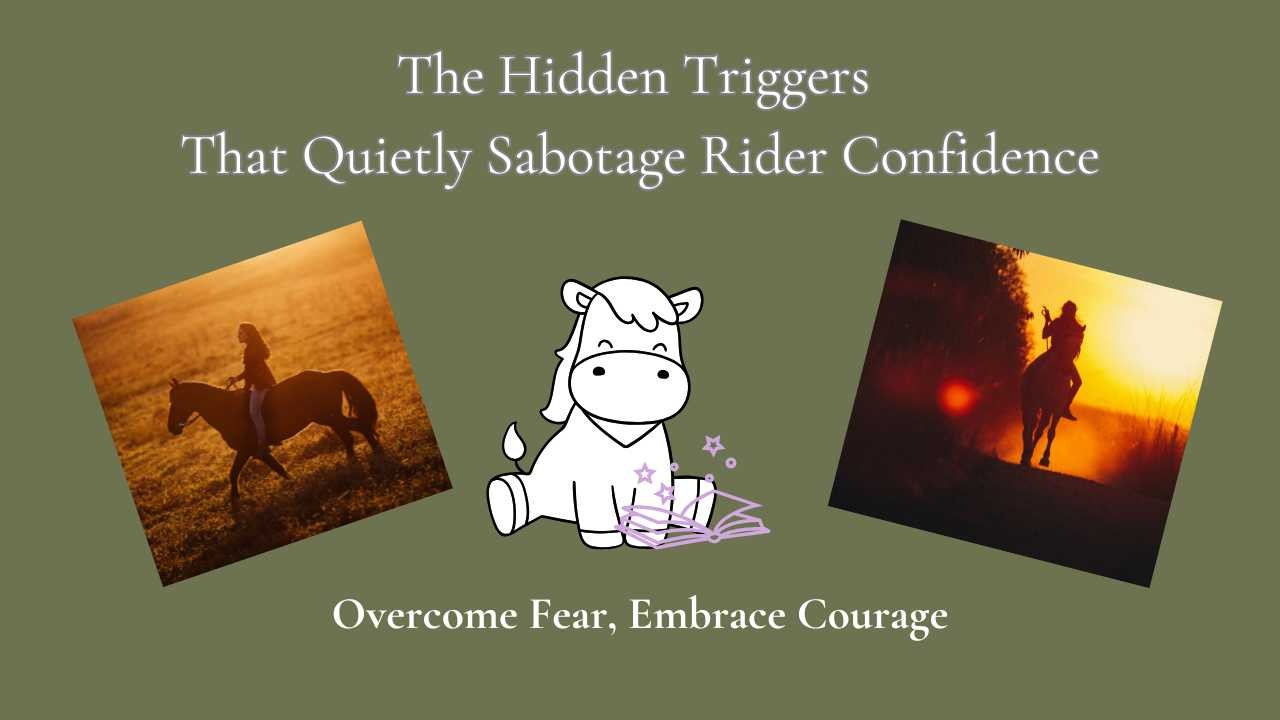
When most riders think of fear, they picture the big events—a fall, a spook, an accident that shakes everything. But the truth? Confidence is often undermined by smaller, hidden triggers that slip under the radar until suddenly, they feel overwhelming.
It works a lot like with our horses. A horse doesn’t usually blow up out of nowhere. First, they flick an ear. Then, their head goes up. Maybe their stride gets tight. Those little signs are the whispers before the shout. And if we don’t notice? That’s when we end up with the spook, bolt, or buck.
The same is true for us. Our hidden triggers often look like:
- A tight chest every time you mount up.
- Avoiding a certain gait or arena corner without realizing why.
- Telling yourself you’re “just too busy” to ride.
- Lots and lots of "What If's".
- SO MANY EXCUSES.
Each of these is a whisper from your nervous system. And just like with your horse, the earlier you catch the signs, the easier it is to reset.
The key is to pause and ask: What’s really going on here? Instead of pushing through, notice the trigger, name it, and reframe it. By catching it early, you stop it from snowballing into a full-blown confidence crash.
Your horse depends on you to lead with calm presence. That starts by leading yourself—listening to the whispers before they become shouts.
👉 Want to learn how to spot those whispers and shift them into strength? Download your very own Confidence Blueprint for 9 strategies to build calm, steady courage. It is a full workshop in an ebook for only $17 and you don't even have to travel. You can do it in you PJ's with a cup of tea. Get your Confidence Blueprint HERE!
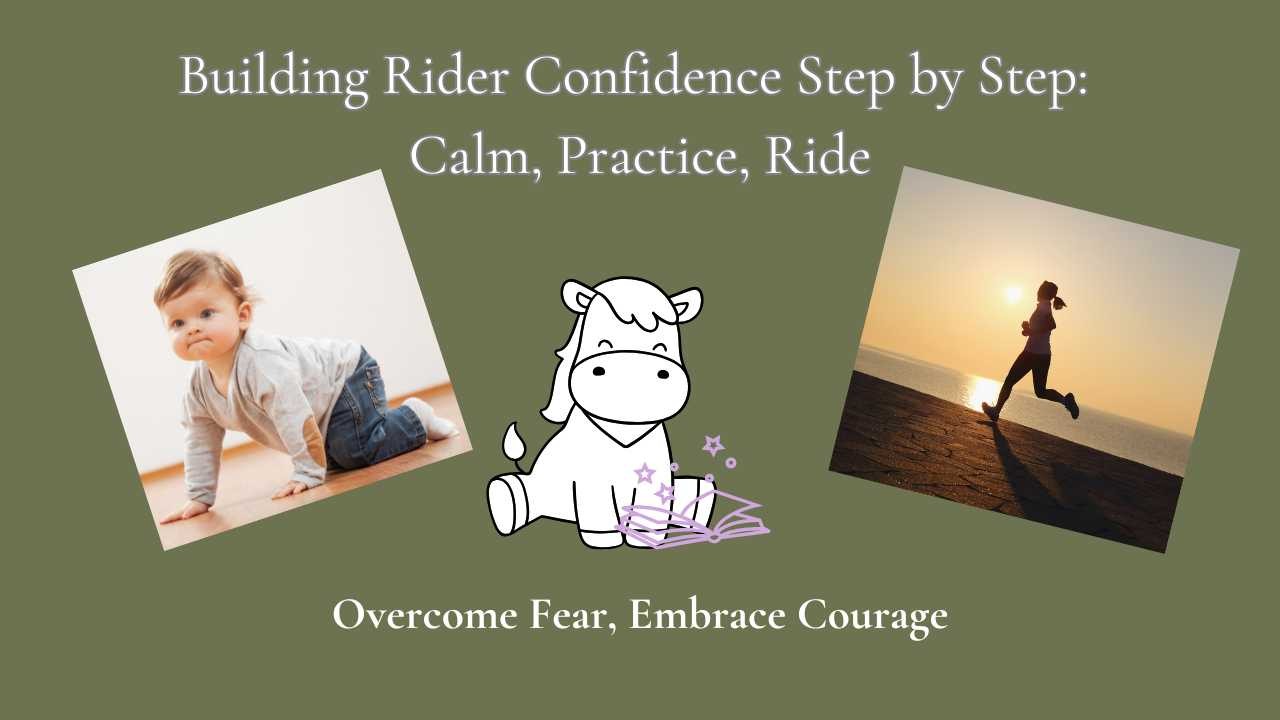
When we think about confidence, it’s tempting to believe some riders are just “born with it.” But that’s as unrealistic as expecting a baby to hop up and run before they’ve learned to crawl.
Confidence in the saddle is no different—it’s a skill, a muscle, something we build step by step.
Think about how we learn to move as kids:
- Crawl first. Slow, shaky, uncertain. This is where you start calming your mind, practicing grounding techniques, and finding steady footing before you even get on your horse.
- Then walk. You begin to add in little stressors—maybe a short ride, a new exercise, or a challenge that’s just outside your comfort zone—while practicing those calm-mind skills. You’re not racing, just getting stronger, building the confidence muscle.
- Finally, run. With practice, your mind and body work together. This is where confidence starts to feel natural again. You can lean into the joy of riding because you’ve done the work to build a foundation.
The truth is, fear doesn’t disappear overnight. But when you approach it in small, intentional steps, you set yourself up for real, lasting confidence. Just like learning to walk, you’ll stumble, wobble, and maybe fall—but every try strengthens your balance.
So instead of asking yourself, “Why don’t I just feel confident already?” try asking, “What step am I on today?” Because each step matters—and each step brings you closer to the ride you’ve been dreaming of.
👉 Want a tool to help? Grab my Confidence Blueprint—9 proven strategies to keep you moving from crawl to canter with courage. It is a full workshop in an ebook at a great price of $17 and you don't even have to travel! Get the Confidence Blueprint HERE!
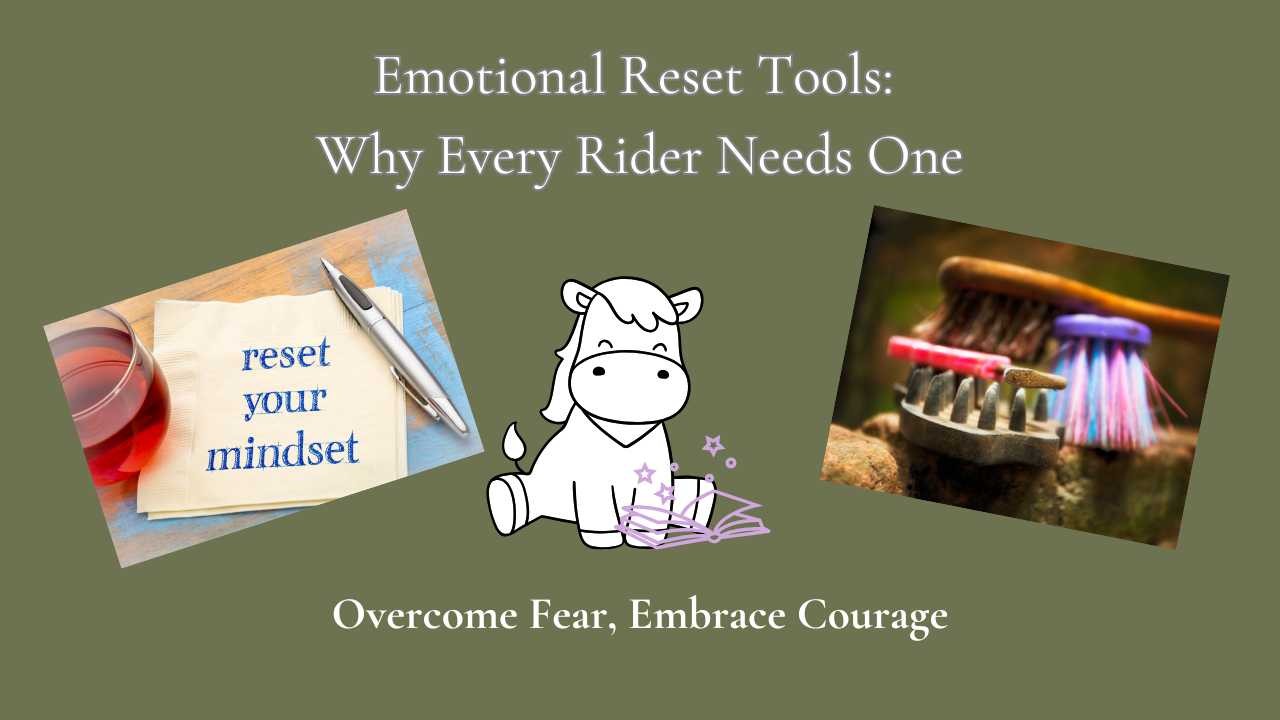
Why Emotional Resets Matter for Riders
Riding isn’t just about technique, tack, or training—it’s about partnership. And that partnership is built on trust. Your horse looks to you for leadership, calm, and confidence. When your emotions spiral out of control, your horse feels it immediately.
That’s why emotional reset tools aren’t just “nice-to-haves.” They’re non-negotiables for riders who want safe, joyful, and connected rides.
We all know what it feels like when fear or anxiety creeps in. Maybe your heart starts racing before a ride, or you tense up the moment your horse spooks at something, you may not even see. The problem is, once your body goes into survival mode, your horse often follows suit.
Without a way to reset, things can escalate fast—for both of you. But when you have a tool that helps you pause, ground yourself, and redirect your energy, you’re showing your horse: I’ve got this. That reassurance creates safety and trust on both sides.
The Safety Net Every Rider Needs
Think of emotional reset tools as your contingency plan. Just like we wear helmets for physical protection, these tools protect your partnership emotionally. When nerves flare or frustration sneaks in, you have a simple, reliable way to get back to calm before things spiral.
This isn’t about perfection. It’s about being prepared. Having an emotional reset tool in your back pocket means you can recover quickly—so instead of ending a ride in tension, you can return to joy and connection.
Knowledge Builds Confidence
The beauty of reset tools is that they aren’t complicated. Whether it’s grounding with your senses, singing, moving your body, or playing a quick mental game, these techniques give you practical steps to take when your emotions threaten to take over. What works for one person, may not work for everyone so play with them and see which one works for you.
The more you use them, the more your confidence grows. You stop fearing the “what ifs” because you know what to do when emotions rise up. That confidence spills over to your horse, and together, you both relax.
✨ Your horse doesn’t need you to be fearless. They need you to be steady. Emotional reset tools give you the ability to reset, refocus, and ride forward with clarity and calm.
👉 Want to know my 5 favorite emotional reset tools? I put them together in a quick guide just for riders like you. These are the exact tools I use myself and with clients to bring calm back in seconds.
Grab your free copy here ➡️ 5 Favorite Emotional Reset Tools
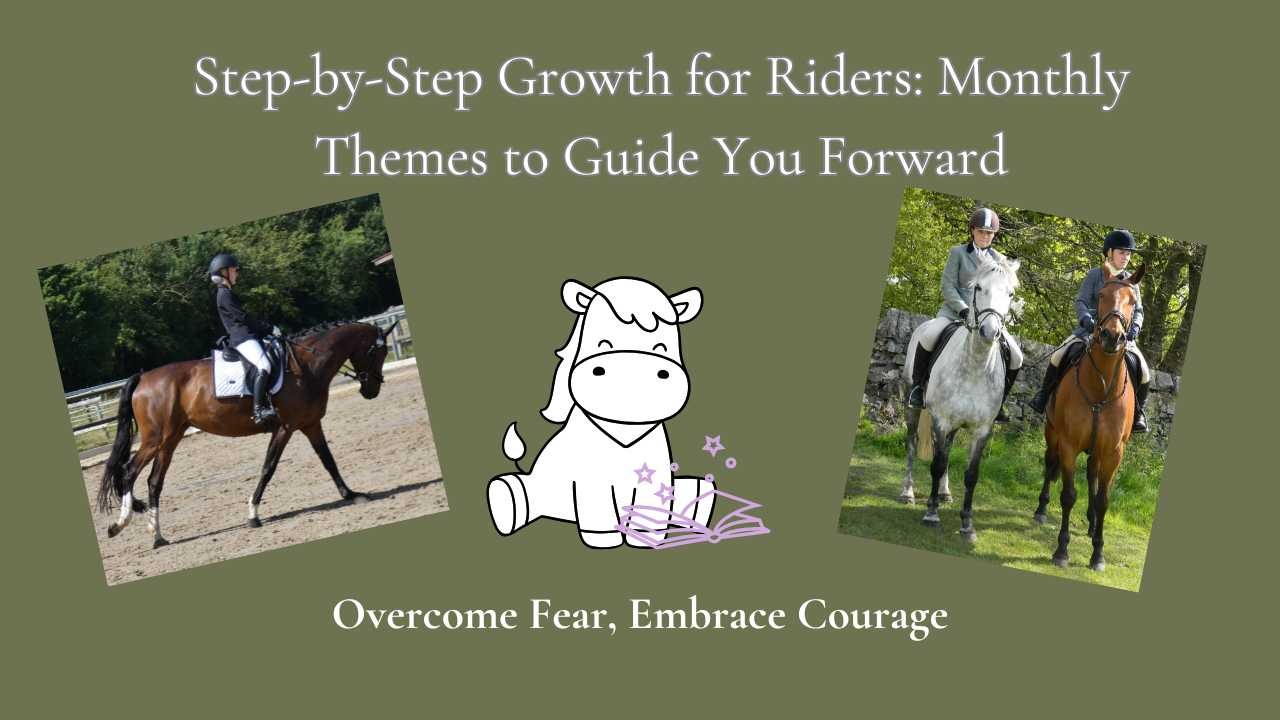
If you’ve been following the blog, you might have noticed I have been covering a lot of different topics — sometimes a little random, sometimes all over the place. And while it’s all valuable, I kept thinking… how can I make this even more helpful for you?
The answer? A step-by-step journey.
Starting in September, each month we’re focusing on a single theme — a topic riders have been asking for help with — so you can really build your skills and confidence over time. No more hopping around from idea to idea. We’re creating a path forward, one month at a time.
Our first stop? Emotions.
Riding isn’t just physical; it’s deeply emotional. Anxiety, fear, excitement, frustration — all of these show up in the saddle and in life. And when you learn how to understand and manage them, everything changes. This month, we’ll dive into how your emotions show up, what they mean, and how to work with them instead of against them.
Each month after that, we’ll tackle another key area based on what riders like you need most. You’ll see the journey unfold, giving you a clear, practical roadmap for building confidence, reducing fear, and actually enjoying the ride.
And here’s something to get you started right away: your courage doesn’t have to wait. Download the free The Ultimate Guide to Courage Pennies eBook for practical tips on turning small actions into big confidence — in the saddle and beyond.
A monthly focus, real-world tools, and step-by-step growth — all designed to take you from fear to freedom, one ride at a time.
If you want, I can also draft a super-short social media teaser that points people to this blog and makes them excited to grab the eBook too. Do you want me to do that next?
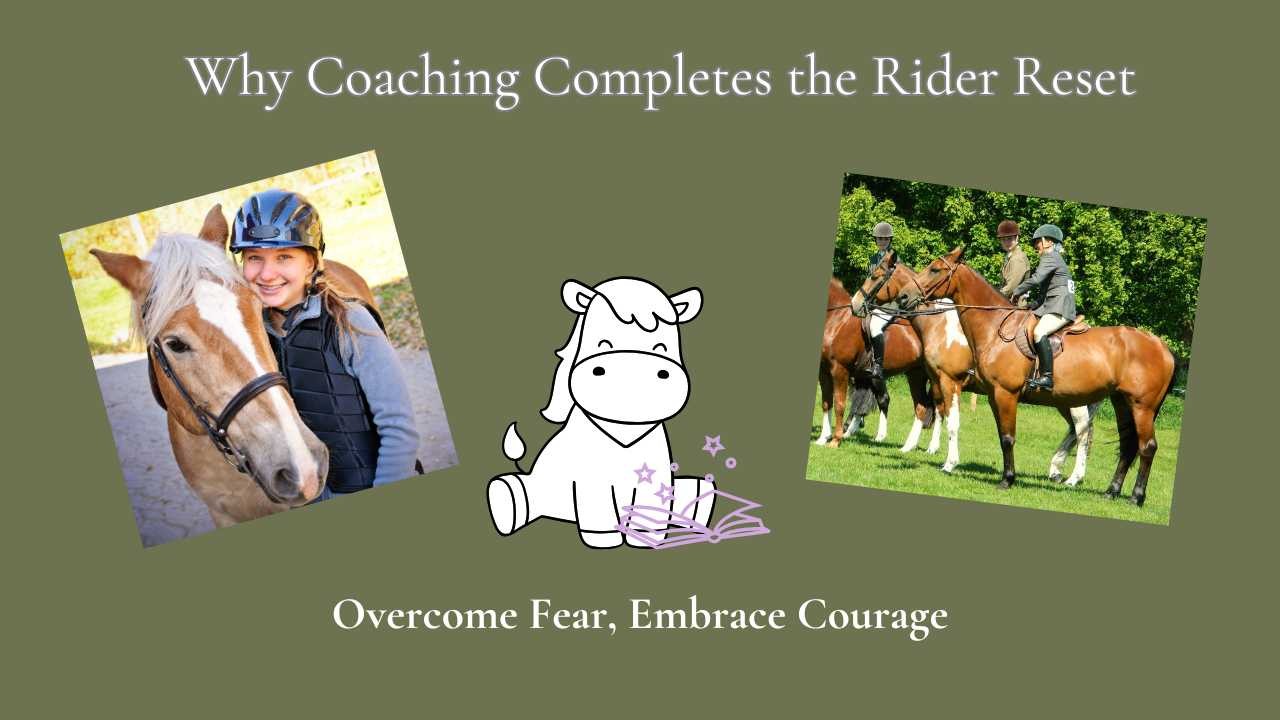
When fear or anxiety has been running the show in your riding, it can feel like there’s no room left for joy, freedom, or courage. Every ride becomes a battle with patterns you don’t want, and your body reacts as if danger is always around the corner.
That’s why clearing out fear is only half the story. Unless that space is intentionally filled with something new, old doubts and habits have a sneaky way of creeping back in.
Think of it like cleaning out your tack room. If you just drag everything back in without a plan, the same clutter takes over again. NLP and hypnotherapy do the heavy lifting — clearing the mess, removing the fear, and breaking those subconscious loops. But it’s coaching that keeps the reset in place. Coaching helps you organize the space with intention, giving confidence a place to live so it doesn’t get buried under old chaos again.
And here’s the part most riders miss: coaching isn’t about “fixing” what’s broken — the reset has already handled that. Coaching is about building forward. It gives your conscious mind the tools to choose courage, practice new responses, and fill that open space with strength instead of slipping back into fear.
That’s the Complete Rider Reset. NLP and hypnotherapy clear the clutter. Coaching organizes and fills the space with confidence. Together, they create a calm mind, a steady body, and a future where you know exactly how to ride with courage — every single time you swing into the saddle.
Ready to take the next step?
Book your free Calm-Ride Strategy Call and let’s map out your path to riding with confidence again. We’ll tidy up those fear-filled “tack rooms” in your mind, put the bridles and saddles of confidence back in their place, and make sure no rogue stirrups of doubt are left behind.
Book your free Calm-Ride Strategy Call and let’s map out your path to riding with confidence again. We’ll tidy up those fear-filled “tack rooms” in your mind, put the bridles and saddles of confidence back in their place, and make sure no rogue stirrups of doubt are left behind.
